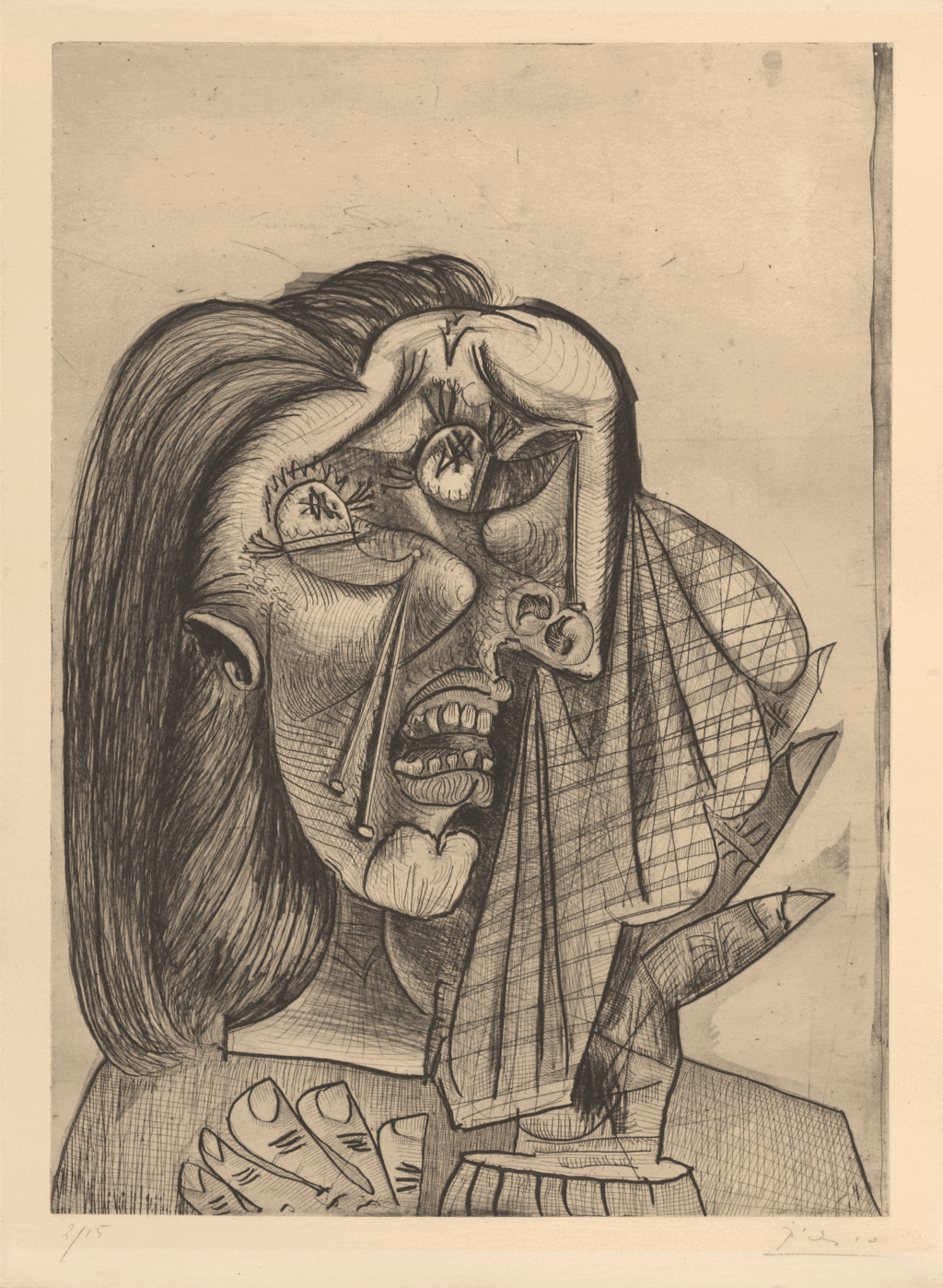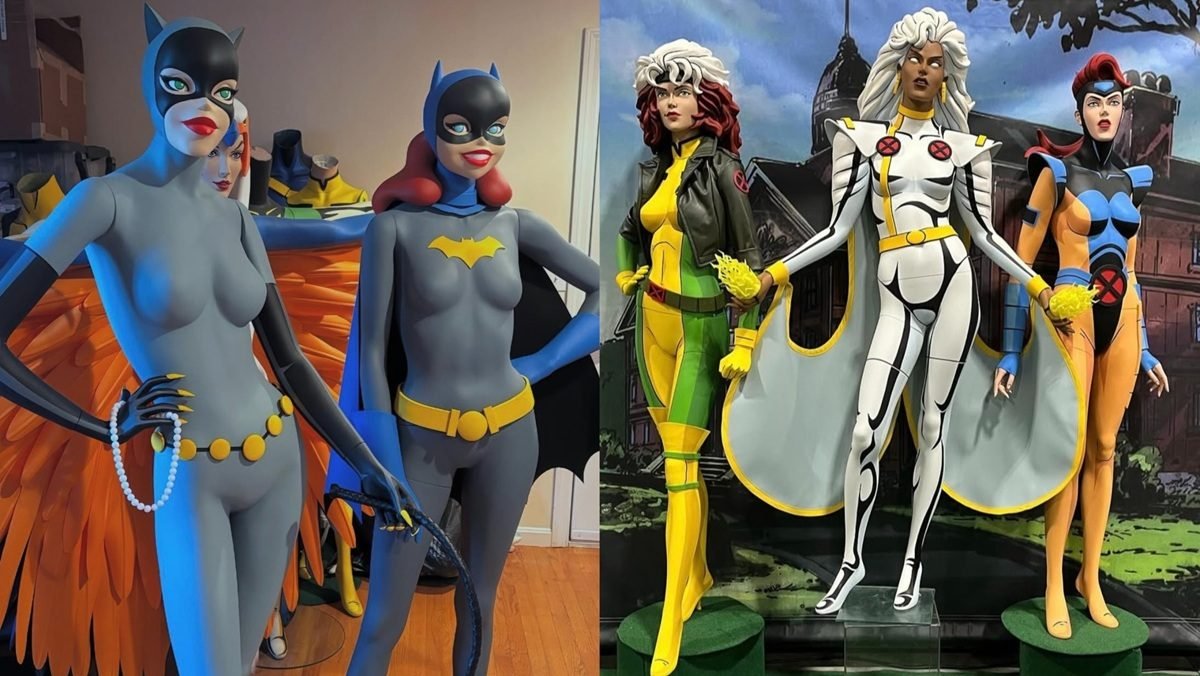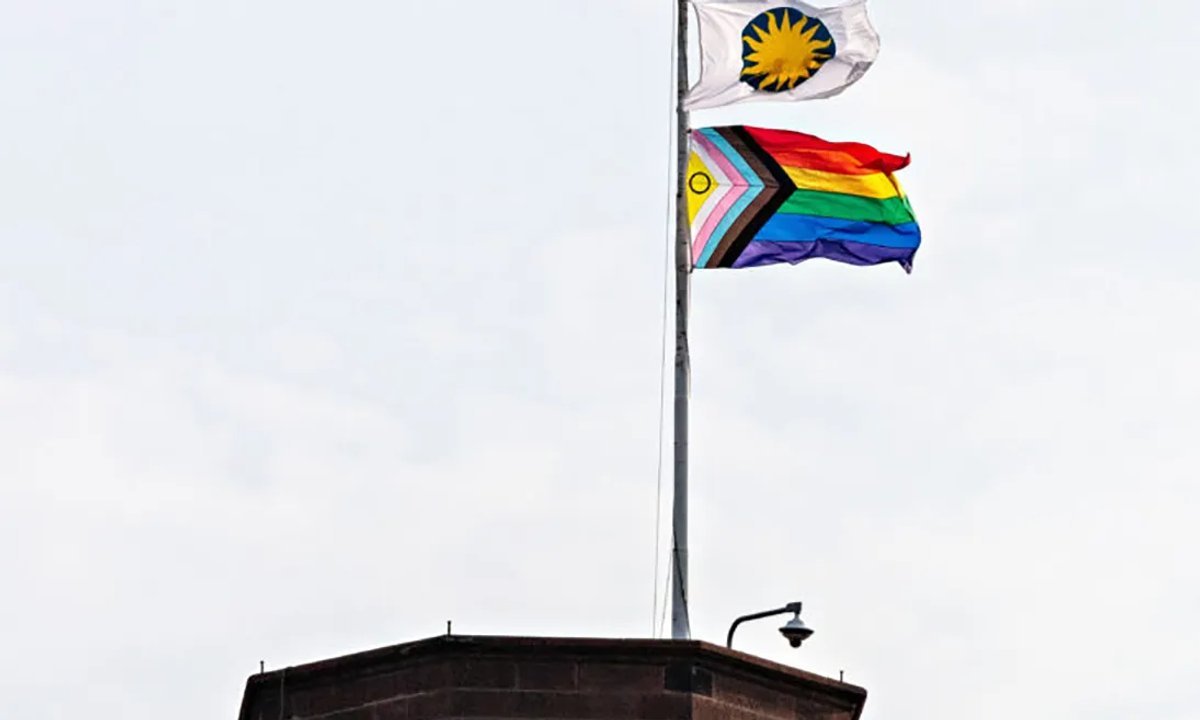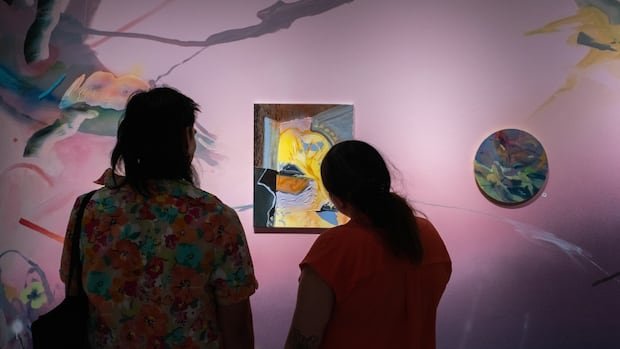
Pablo Picasso “The Egyptian,” May 11, 1953, published 1954/© 2018 Estate of Pablo Picasso, Artists Rights Society (ARS), New York
“FUCK PICASSO!” screams painter Jackson Pollock, stumbling drunkenly up the stairs of his Manhattan walk-up. It’s the opening scene of the 2000 film bearing his name, and the artist, deftly portrayed by actor Ed Harris, is frustrated. Finally, collapsing on a darkened landing, he blurts out in resigned exasperation: “That fucking guy…. He did everything.”
Whether or not Pollock actually said those words, it’s an oddly prescient quote. One that seems to encapsulate the complex and contradictory feelings provoked by the Spanish master, both during his lifetime and now, half-a-century after his death. While Picasso’s radically inventive and ever-changing body of work continues to impress and inspire, in the post #MeToo era, his reputation as a man, not so much.
Beginning with the publication of Françoise Gilot’s “Life with Picasso” in the mid-1960s and cemented by Arianna Huffington’s 1988 “Picasso: Creator and Destroyer,” the art world, if not the general public, has come to understand the artist as a self-absorbed megalomanic. A nasty, Promethean man-child who was a serial adulterer, at turns imperious and indecisive, bombastic, but somehow insecure. He was demanding, degrading, hung up on petty slights and also a master manipulator. By today’s standards, a real asshole.
But the artworks don’t lie.

Pablo Picasso “Weeping Woman I,” July 1, 1937/© 2018 Estate of Pablo Picasso, Artists Rights Society (ARS), New York
It’s risky to call someone a genius in 2023. Not least because the word has been used to describe everyone from the “very stable” Donald Trump to Elon Musk. But if there was ever a person deserving of such a label, it’s old Pablo. Over a career of more than seven decades, his experiments in material and form revolutionized painting, printmaking and sculpture. His catalogue raisonné (the official record of an artist’s output) comprises more than thirty volumes, featuring tens of thousands of works of art.
One can argue the merits and utility of a term like “genius,” but only the willfully ignorant would deny that Picasso was an obsessively hard worker whose stylistic transformations and prodigious studio output is unmatched to this day. In 1968 alone, in the span of only a few months, Picasso in collaboration with brothers Aldo and Piero Crommelynck, produced several hundred prints. I can’t think of another artist that rises to that level of productive creativity. An average artist could make an entire career from a scrap of one of Picasso’s many periods, and several have.
So how do we enjoy a work of art apart from the life of its creator? Must aesthetic judgments be colored by moral ones? Though it sounds like grist for the contemporary culture war, it isn’t a new challenge. As far back as Aristotle’s “Poetics,” philosophers have wrestled with the contradiction inherent in man’s desire to experience stories, images and ideas at odds with their beliefs about right and wrong. After all, watching “Dahmer” on Netflix generally doesn’t make you okay with sadistic serial murder. And we don’t conflate authors with the actions of their characters either. So, if we allow that good people can create bad things that we still enjoy, shouldn’t the opposite hold true?

Pablo Picasso “Face of Marie-Therese,” 1928/© 2018 Estate of Pablo Picasso, Artists Rights Society (ARS), New York
The Art Institute’s outstanding and expansive new exhibition “Picasso: Drawing from Life” doesn’t tackle these issues head on, but it doesn’t shy away from them. What co-curators Jay A. Clarke and Emily Ziemba have done is mine the depths of the Art Institute’s extensive collection of prints and drawings, many seldom seen, to ground the exhibition in Picasso’s relationships with other people, then letting the art speak for itself.
“We wanted to make sure that the people that inspired and informed Picasso’s work were fully present.” says Roman Family Curator Clarke. “In particular, the women in his life are often reduced to little more than the ‘muse’ of a specific period. We wanted to avoid that.”
When asked if the contentious political dynamics at play in the art world over the past several years affected the way this show came together—for example the postponement of the Philip Guston retrospective over concerns about his depiction of Klansmen, or the Brooklyn Museum’s controversial “Its Pablo-matic” show—there’s no hesitation: “We’re not going to censor Picasso,” Ziemba says as a matter of fact.
“We wouldn’t shy away from showing even the most problematic work. This is Picasso. The good, the bad, and the ugly.” adds Clarke.

Pablo Picasso “Still-Life with Lunch I,” 1962, printed April 10, 1962, published 1963/© 2018 Estate of Pablo Picasso, Artists Rights Society (ARS), New York
The pair’s enthusiasm for the show and deep knowledge of the work is palpable and infectious. For good reason. Curatorial decisions impact not only what works get shown, but the ways in which viewers encounter them, both physically and conceptually. When a potentially lifelong impact can be made on your audience, it’s critical to get the details and the broad strokes right. And from every angle, Clarke and Ziemba have.
By focusing on works on paper we get a more nuanced and intimate view of the artist, one who makes drawings and prints as stand-alone works, but also as methods to solving visual problems, to work through ideas. The chronological arrangement allows viewers to trace Picasso’s—often abrupt—shifts in style and tone as they happen. We see clearly how encounters with poets, artists and events inspire new approaches to form and technique. It’s a biographical approach that doesn’t reduce the artwork to mere biography.

“Head of a Woman with a Chignon (Fernande),” summer 1906, Pablo Picasso/© 2023 Estate of Pablo Picasso, Artists Rights Society (ARS), New York
The breathtaking display of proto-cubist portraits that hang in most of the first gallery are all ostensibly of, and coincide with, Picasso’s relationship with Fernande Olivier. But for Picasso, as for many painters, art is first and foremost invention. It would be a mistake to see the radical transformations that his approach to portraiture undergo as a simple reflection of the events of his life or his feelings about his partner at the time.
When not obsessed with formal problems, Picasso’s work is almost always about the human condition, and a literalist reading of his work is frequently—though not always—incompatible with it. Take for instance the exhibition highlight, 1935’s masterful etching “Minotauromachy.”
The work, a compositional prototype for the later “Guernica” is tightly rendered and relatively realistic. But a bull-man, blinded and confronted by a light-bearing child, separated by a splayed torera astride a disemboweled horse doesn’t make much sense on the surface of it and a cottage industry has sprung up around interpreting this work. Equally perplexing, and certainly more challenging is the ink drawing titled simply “The Minotaur” in the adjacent gallery.
The work features the title character (sometimes interpreted as a stand-in for Picasso himself) looming almost menacingly over the prostrate body of a woman. Is it an assault or an embrace? Is this a scene of rapture and ravishment, sex, violence, role play, rape? All of the above or none?
Suffice it to say that these images swim deep in the oceanic—and often uncomfortable—forces that govern our unconscious desires. They demand that we consider what it means to be human, and in an age of generative A.I. and bio-technical alteration, that’s a question everyone should be asking themselves.
“Picasso: Drawing from Life” is the model for a show that is both serious and accessible. One that trusts its audience and has faith in the power of the works presented. No gimmicks, no garishness, no dumbed down didactic panels. Just beautiful and challenging artwork thoughtfully assembled and presented. Up through April of next year, this exhibition requires repeated viewing.
“I’ve wanted to do this show for twenty years.” Ziemba says as we near the end of our time together. “You’d think that by now, we know everything there is to know about Picasso, but it’s not true. We’re always learning more.”
“Picasso: Drawing from Life” at Art Institute of Chicago, 111 South Michigan, on view through April 8, 2024.






